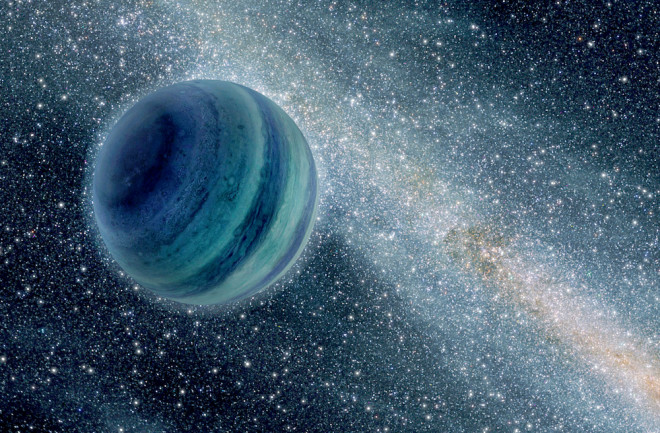This article appeared in the September/October 2021 issue of Discover. Become a subscriber for unlimited access to Discover's archive.
Even as a child, before he devoted his life to the search for extraterrestrial life, Frank Drake wondered whether Earth was alone in its ability to harbor life. He wasn’t the first or the only one to wonder. There’s a reason so many are fascinated by the question: Its answer helps reveal humankind’s place in the cosmos.
Drake’s musings inspired him to pursue astronomy, serving as director of the Arecibo Observatory in Puerto Rico and president of the SETI Institute — which, as the acronym suggests, is devoted to the Search for Extraterrestrial Intelligence, and exploring the possibilities of life elsewhere in the universe. Drake is perhaps most famous for his eponymous equation — an estimate of how many alien civilizations might exist in our galaxy. Presented in 1961, the equation is generally considered as the start of a new era of searches for extraterrestrial intelligence.

